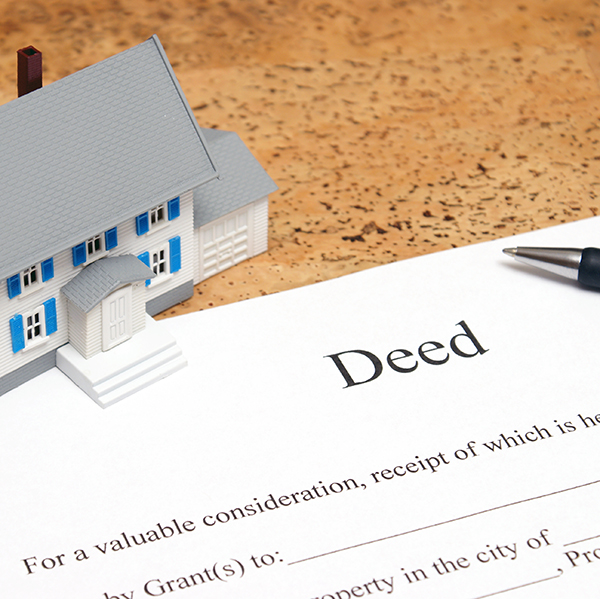 Searching for a home can be a somewhat arduous process. One of the best parts of this process can be imagining you and your family and friends enjoying the various amenities contained within the homes that you tour. Envisioning raucous summer pool parties, running through the halls of an expansive home or adding your own bit of history to a century old home can be strong allures that draw home buyers into a sale.
Searching for a home can be a somewhat arduous process. One of the best parts of this process can be imagining you and your family and friends enjoying the various amenities contained within the homes that you tour. Envisioning raucous summer pool parties, running through the halls of an expansive home or adding your own bit of history to a century old home can be strong allures that draw home buyers into a sale.
While these amenities can make for an interesting life, they can also inhibit you by secretly preying on your pocketbook. Each of these features has hidden costs that can end up having devastating effects in the event of a disaster. Here are a few home features to think twice about before purchasing:
Vintage Features
Older homes that have preserved some of their original features can often be a diamond in the real estate rough. A property with historical significance can be very attractive, especially for buyers with an eye toward vintage design and features. The problem with these properties is that, while they may be beautiful and interesting, the inner workings of the home such as the electrical and plumbing systems may not be current.
Electrical systems that are more than 10 years old are more likely to malfunction. Out-of-date plumbing can cause devastating problems in the home as well such as water damage due to leaking or run-down pipes. According to the Insurance Information Institute, the combined average cost of these types of claims can be around $40,000, which prompts insurance carriers to charge much more to insure these types of properties.
Ample Square Footage
Large homes are attractive in that they offer the home owner plenty of space to sprawl out, however due to rising insurance costs, bigger is not always better. Homes with more square footage require the home owner to carry a higher amount of dwelling coverage, which is the coverage provided under the home owner’s policy to rebuild structural elements of the home in the event of a claim.
In order to roughly calculate the cost of dwelling coverage for a particular home, multiply the total square footage of the property by local construction costs. It is also important to keep in mind that any pricey upgrades you make to your home, such as granite countertops, should also be reported to your insurance company in the event of an incident that requires replacement.
Swimming Pool
Especially in warmer weather, swimming pools are a big draw for home owners who love to entertain with pool parties. However, the high rate of water-related injuries has driven insurance costs through the roof for home pools. The Insurance Information Institute recommends increasing liability coverage limits to at least $300,000, triple that of a home without a pool.
On top of insurance, pools also require costly maintenance and safety measures to be considered up to code by insurance standards. Any home owner looking to relax next to their own, personal oasis should think on these factors before diving into a purchase.



